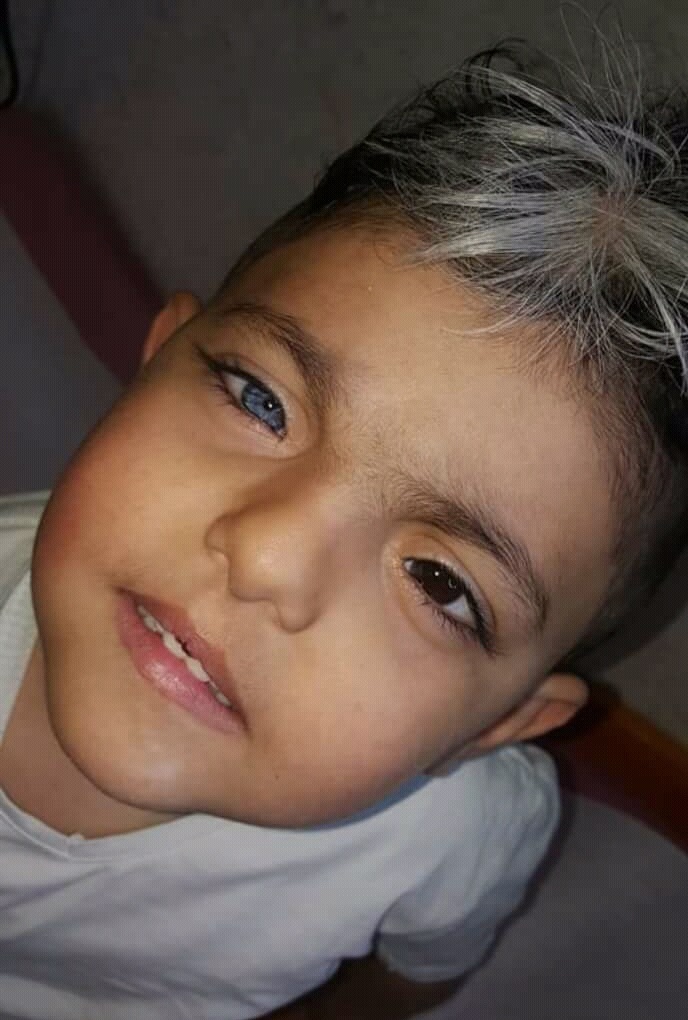Waardenburg Syndrome Type 1

A subtype of Waardenburg syndrome (WS) characterized by congenital deafness, minor defects in structures arising from neural crest resulting in pigmentation anomalies of eyes, hair, and skin, in combination with dystopia canthorum.
Epidemiology
The prevalence of WS1 is unknown; the worldwide prevalence of WS is estimated at around 1/40,000. WS1 is one of the most common types of WS.
Clinical description
Clinical manifestations vary within and between families and frequently include congenital sensorineural deafness, which is often a non-progressive profound bilateral hearing loss, dystopia canthorum, heterochromic or hypoplastic blue irides, white forelock, typically in the midline or early graying of the scalp hair before age 30 years. All these manifestations along with a suggestive family history are major criteria. Minor criteria include congenital leukoderma, synophrys/medial eyebrow flare, broad/high nasal root with prominent columella, hypoplastic alae nasi. Spina bifida can also occur in rare cases.
Etiology
WS is genetically heterogeneous. WS1 is caused by a heterozygous mutation in the paired box-containing PAX3 gene on chromosome 2q36.1. This syndrome is secondary due to the absence of melanocytes in the skin, hair, eyes and the striavascularis ductus cochlearis and a consequence of abnormal migration of cells derived from the neural crest.
Diagnostic methods
Over 90% of cases who meet diagnostic criteria for WS1 have identifiable mutations in PAX3. WS1 is defined by the association of at least 2 major, or 1 major and at least 2 minor clinical criteria, as delineated by the Waardenburg Consortium criteria, including dystopia canthorum. The distance between the inner canthi, pupils, and outer canthi calculates a W index for the diagnosis of lateral displacement of the inner canthi. A W index of more than 1.95 shows dystopia. Dystopia canthorum may be difficult to characterize in babies but is the most penetrant sign.
Differential diagnosis
Differential diagnosis includes Waardenburg syndrome type 2, 3 and 4, piebaldism, Tietz syndrome, oculocutaneous albinism, Vogt-Koyanagi-Harada disease(see these terms) and other forms of congenital non-progressive sensorineural hearing loss.
Genetic counseling
In the majority of cases, WS1 is transmitted as an autosomal dominant disorder with a large variable inter- and intrafamilial expressivity. Some affected patients present with a de novo mutation.
Management and treatment
Hearing aids to counter hearing loss and effective therapy to improve language, communication, and cognitive skill are recommended. Associated manifestations are treated as appropriate (e.g. cosmetics to manage the pigmentation defects).
Prognosis
With hearing aids, prognosis is good for most WS1 affected individuals.